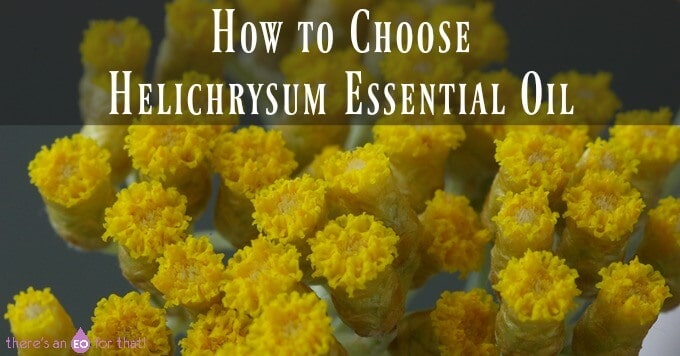
There are more than 500 species of helichrysum throughout the world growing at a wide range of altitudes from sea level all the way up to 5600 feet in elevation. This beloved flower, whose name is derived from the Greek word “helios,” meaning sun, and “chyros,” meaning gold, has taken the aromatherapy world by storm with its incredible properties.
But how do you know which one to choose since there are different ones?
That’s what we’re going to figure out today!
How to Choose Helichrysum Essential Oil
Out of the hundreds of species of helichrysum, there are five main helichrysum essential oils that are available:
1. Helichrysum bracteiferum
2. Helichrysum gymnocephalum
3. Helichrysum italicum
4. Helichrysum odoratissimum
5. Helichrysum splendidum
Each of these vary significantly in their aroma, chemistry, and therapeutic properties, so I thought it prudent to help you differentiate between species and how to choose the best helichrysum essential oil for your needs.
So, without further ado, let’s get into the different types of helichrysum essential oil!
The Types of Helichrysum Essential Oil and Their Uses
1. Helichrysum italicum (Italy – Croatia – Corsica – Sardinia)
By far, the most common species of helichrysum available on the market is Helichrysum italicum which contains three subspecies:
• Helichrysum italicum ssp. Italicum (characterized by geraniol, geranyl acetate, and neryl acetate known for anti-spasmodic and anti-pain properties) – from Italy or Croatia
• Helichrysum italicum ssp. microphyllum (characterized by b-selinine and y-curcumene known for reducing and healing scars and for reducing inflammation) – from Sardinia or Corsica
• Helichrysum italicum ssp. serotinum (characterized by neryl acetate, b-carophyllene, and y-curcumene which are known for their potent wound healing abilities and regenerative skincare) – from Italy
Each of these will have a different key constituent as listed above and will, therefore, have different applications, so it’s good to ask your supplier which subspecies they use.
Helichrysum italicum is the most widely available form of helichrysum essential oil and is known to be therapeutically unparalleled in its ability to heal and regenerate cells and tissues and reduce pain and inflammation.
Traditionally known as “immortelle” or “everlasting,” Helichrysum italicum essentiasl oil has gained particular global recognition for its potent healing and regenerative effects on scarred, aging, or wounded skin by supporting collagen production.
It has a rich, pungent, warm, sweet-herbaceous, and very diffusive scent with tea-like undertones.
Its main therapeutic actions include:
• Analgesic (pain-relieving)
• Anti-coagulant
• Anti-haematomal (anti-blood clot)
• Anti-inflammatory
• Anti-spasmodic
• Cholagogue (promotes healthy digestion/bile release)
• Cytophylactic (cell regenerative)
• Febrifuge (reduces fever)
• Vulnerary (heals wounds)
Helichrysum italicum’s core applications include:
• Acne, dermatitis, eczema, and psoriasis
• Apprehension
• Anti-aging
• Asthma
• Bruising
• Burns
• Chronic cough
• First aid – cuts, scrapes, sprains, strains, trauma, injuries, wounds
• General pain relief due to inflammation
• Inflammation after injury
• Irritability
• Joint pain
• Scar reduction and healing
• Stress – incredibly emotionally balancing
• Wound healing
You can get Helicrysum italicum essential oil here.
2. Helichrysum bracteiferum (South Africa and Madagascar)
This helichrysum essential oil hails from South Africa and Madagascar and is a bit harder to find.
It has a fresh, herbaceous, and camphor-like aroma that is especially suited for promoting healthy lung function and is characterized by its almost equal amounts of monoterpenes, sesquiterpenes, and oxides.
Its humulene content gives it the special ability to stimulate and support the immune system which makes it stand out among helichrysum oils.
Helichrysum bracteiferum also contains high amounts of 1,8 cineole, various pinene constituents, and caryophyllene which gives it anti-inflammatory properties and an affinity for respiratory conditions.
Its therapeutic actions include:
• Analgesic
• Anti-bacterial
• Anti-inflammatory
• Anti-microbial
• Anti-spasmodic
• Anti-viral
• Decongestant
• Expectorant
• Hypotensive
• Immunostimulant
• Mucolytic
Helichrysum bracteiferum’s core applications include:
• Anxiety
• Asthma
• Bronchitis
• Cold and flu
• Herpes simplex I & II
• Immune stimulant
• Inflammatory skin conditions
• Menstrual cramps
• Mental clarity
• Muscle spasms
• Muscular aches and pains
• Respiratory congestion
• Sinus congestion
• Sinusitis
3. Helichrysum gymnocephalum (South Africa and Madagascar)
This special form of helichrysum has the highest amount of 1,8 cineole which makes it an exceptional ally to employ when experiencing any respiratory condition. Combined with its potent para-cymene constituents, this essential oil is pain-relieving, anti-infectious, and muscle relaxing. Its aroma is fresh and penetrating and somewhat reminiscent of eucalyptus radiata.
Since this oil has such a unique chemistry, out of all the helichrysum essential oils, this one is mainly used for respiratory congestion and pain.
Its core therapeutic actions include:
• Analgesic
• Anti-bacterial
• Anti-carcinogenic
• Anti-inflammatory
• Anti-microbial
• Expectorant
• Immunomodulatory
• Mucolytic
Helichrysum gymnocephalum’s core applications include:
• Asthma
• Bronchitis
• COPD
• Headache
• Herpes simplex I & II
• Menstrual cramps
• Muscle spasms
• Muscular aches and pains
• Respiratory congestion (lungs and sinuses)
• Sinusitis
You can get Helichrysum gymnocephalum essential oil here.
4. Helichrysum odoratissimum (South Africa)
This helichrysum essential oil contains 1,8 cineole and various pinenes which give it a fresh, earthy, herbaceous and slightly pine-like aroma.
Along with its ability to support lung health, helichrysum odoratissimum can also help ease muscle tension, heal microbial infections, and reduce inflammation. It is also particularly effective for treating seasonal allergies.
This oil pairs well with Helichrysum bacteiferum to create a powerful respiratory mucolytic and antispasmodic oil for incessant coughing with mucus. It is especially useful for alleviating pressure in the sinuses where mucus congestion is causing headaches.
Its therapeutic actions include:
• Analgesic
• Anti-bacterial
• Anti-infectious
• Anti-inflammatory
• Anti-microbial
• Antioxidant
• Antiseptic
• Antispasmodic
• Antiviral
• Decongestant
• Expectorant
• Immune supportive
• mucolytic
Helichrysum odoratissimum’s core applications include:
• Respiratory congestion
• Asthma
• Bronchitis
• Immune support
• Herpes simplex I&II
• Acne, rosacea, eczema, and psoriasis (plus other inflammatory skin conditions)
• Muscular aches and pains
• Cold and flu
• Mental clarity
5. Helichrysum splendidum (South Africa)
Also known as Peta essential oil, this form of helichrysum essential oil is quite different than other helichrysum oils in that it contains a significant amount of b-phellandrene, which is known for its anti-inflammatory and anti-fungal properties.
It has an almost entirely different chemical profile than other helichrysum oils and is rich in 1,8 cineole which makes it useful for respiratory issues and allergies.
It has a fresh, herbaceous, minty, floral, slightly balsamic aroma that is grounding yet uplifting.
Its therapeutic actions include:
• Anti-bacterial
• Anti-fungal
• Anti-inflammatory
• Antioxidant
• Anti-rheumatic
• Antiseptic
• Antispasmodic
• Antiviral
• Immunomodulator
Helichrysum splendidum’s core actions include:
• Fungal infections
• Muscular aches and pains
• Cold and flu
• Joint pain
• Acne
• Rashes
• General inflammation
What have been your favorite helichrysum essential oils? Please share in the comments below!
You may also enjoy reading:
The Benefits and Properties of Cajeput Essential Oil
Basil Essential Oil Benefits & Properties
Aniseed and Star Anise Essential Oil
7 Benefits of Using an Essential Oil Diffuser

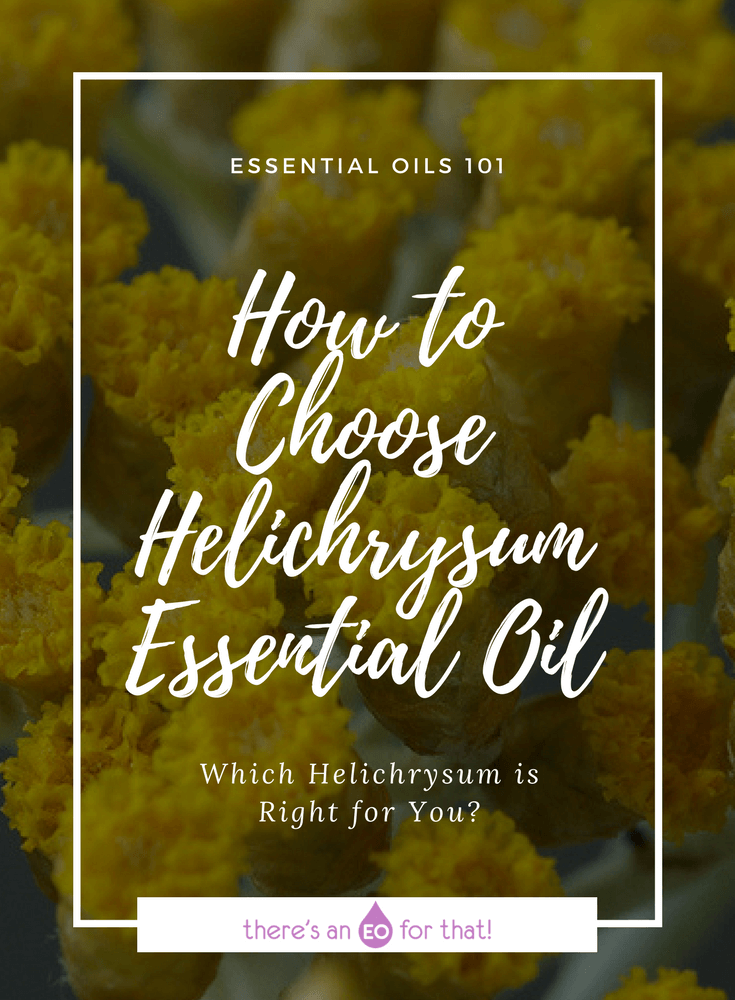
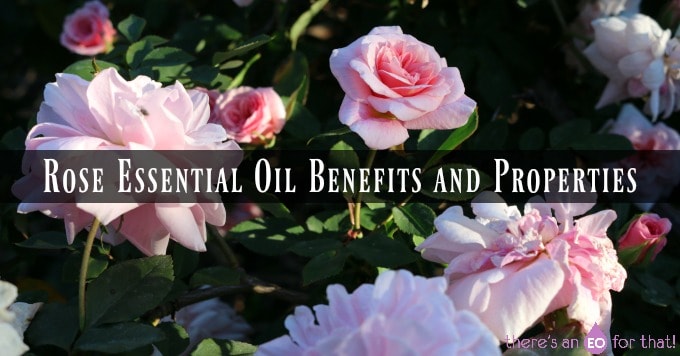
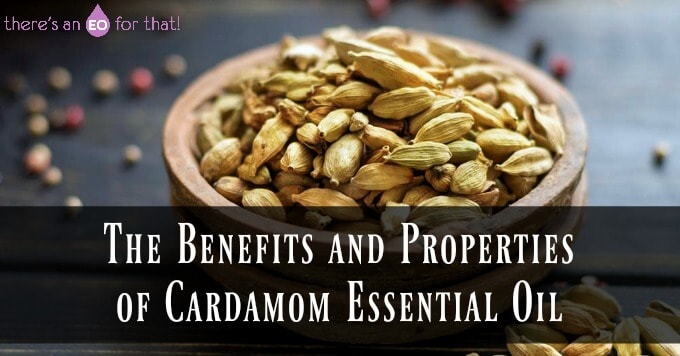
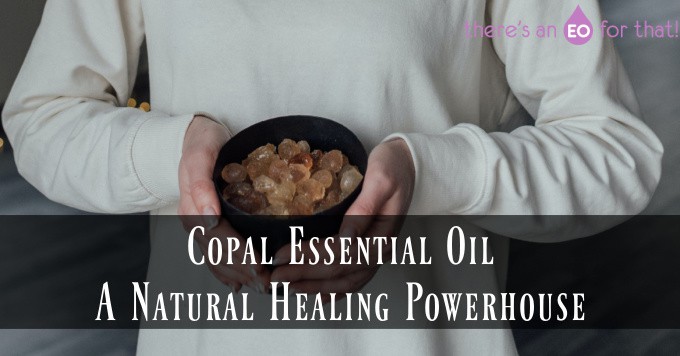
Lori says
Hi Tash,
I have just learned that Helichrysum Oil is helpful for Tinnitus. Can you please tell me which one I should choose? Thanks in advance:)
Carol Cox says
If you are free to do so, I would really appreciate information on where to get high quality helichrysum for the best possible price. I have been using it (Italicum type, grown in Slovenia) for fibromyalgia pain and it really has helped; it takes a lot and if I can find a reliable, yet economical source I'd be most pleased. Thanks!
Tash says
Have you looked into Plant Therapy?
Francisco Yahuaca says
I see that you’re missing “ Helichrysum umbraculigerum “. Is it very rare because I can’t find that particular essential oil anywhere.
Tash says
Oh! I'll have to look into it! Thank you for the suggestion 🙂
Becky says
Hi Tash- Thanks so much for this great article! I’m just learning about eo’s and really appreciate your research. What resources are you using?
Thanks again!
Tash says
I read a lot of aromatherapy books like:
Essential Oils Desk Reference – Third Edition
Essential Oils Integrative Medical Guide
Reference Guide to Essential Oils
The Complete Guide to Aromatherapy
The Complete Book of Essential Oils and Aromatherapy
And also follow many aromatherapists and their work and study essential oils myself 🙂
Shady says
Well informed article on Helichrysum
Just what I have been looking for. I have used two species Italicum and one I am guessing from South Africa. And from your descriptive and well written article I can guess where the second one falls.
Thank you
From an essential oil addict.